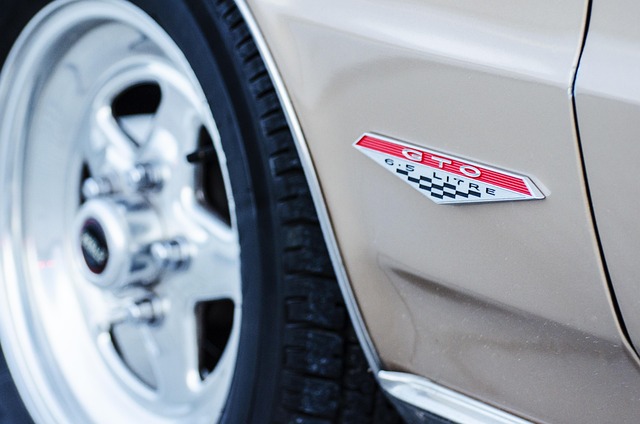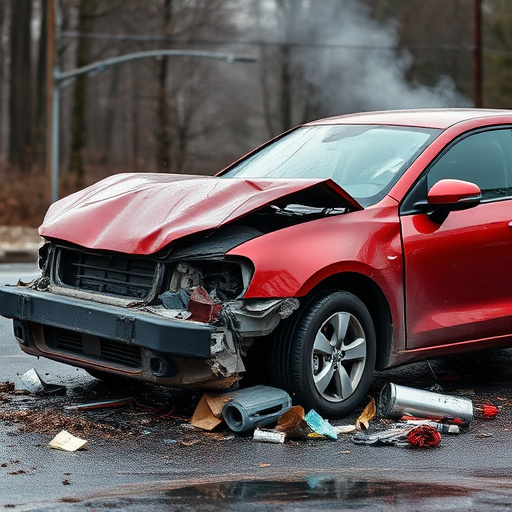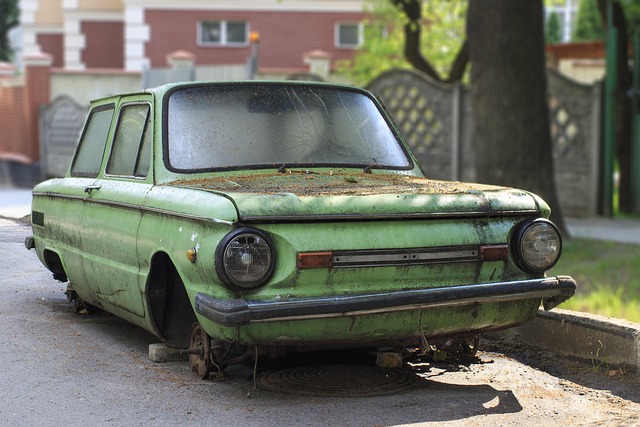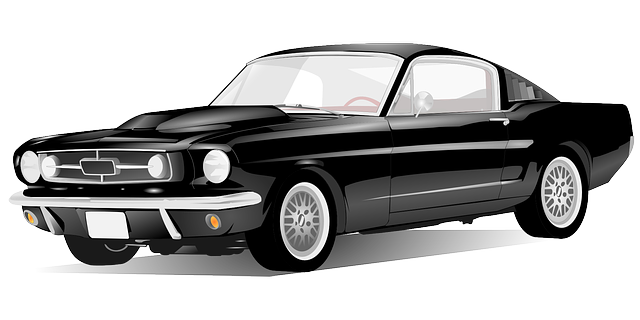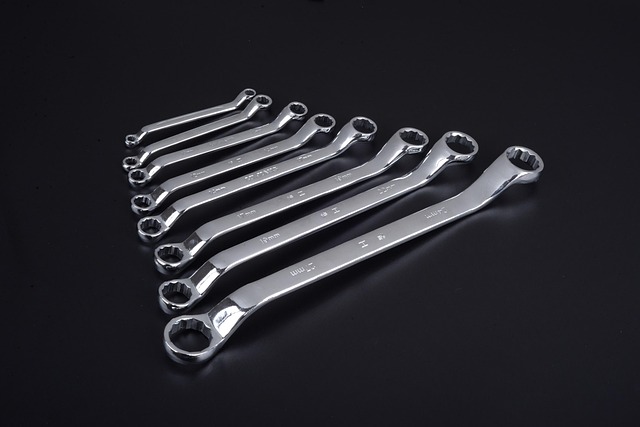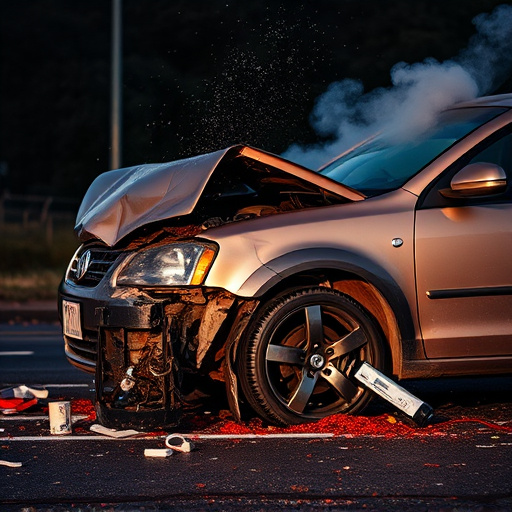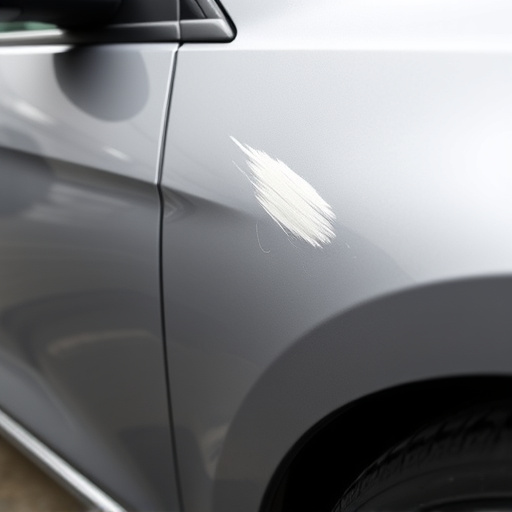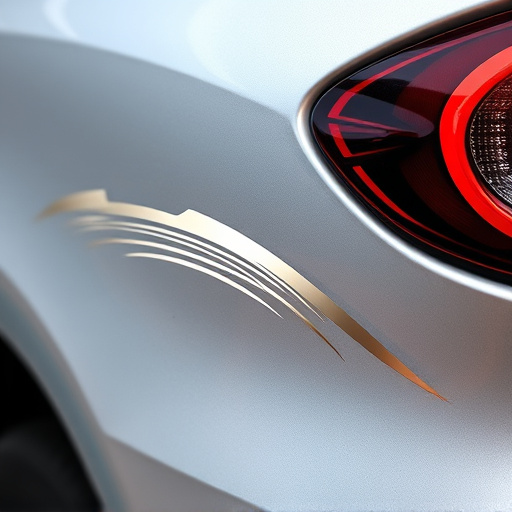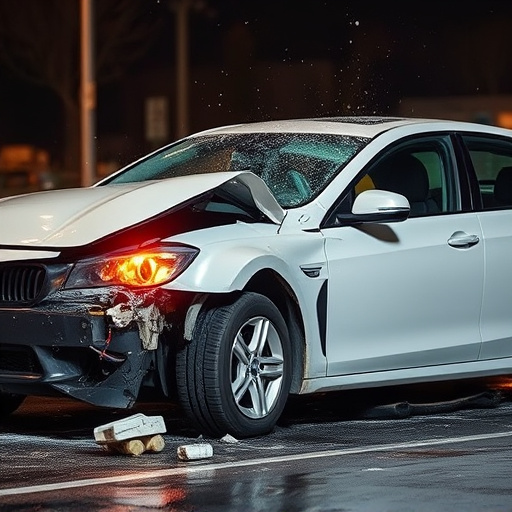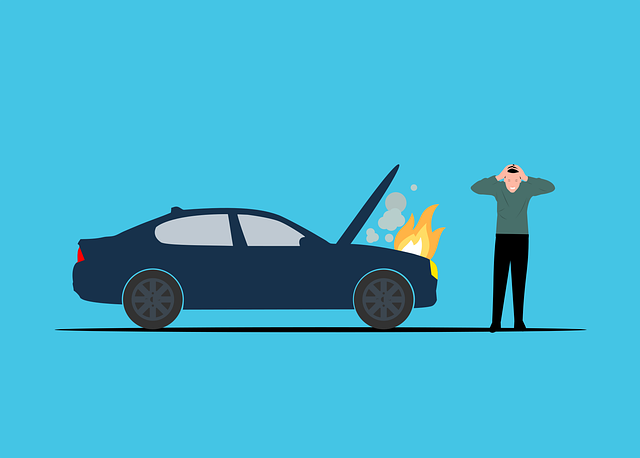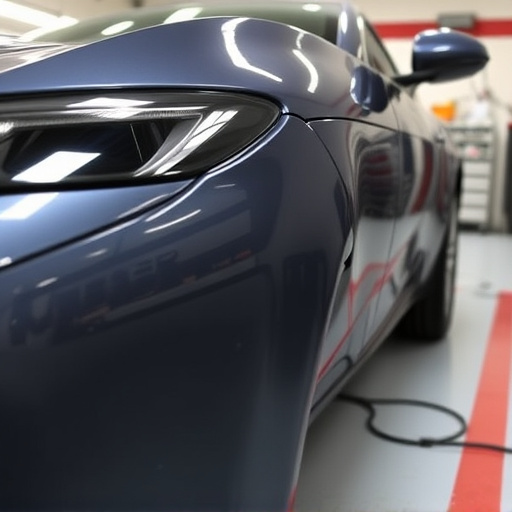Understanding insurance coverage is crucial for managing post-accident repairs. Comprehensive and collision policies cover different incident types, with exclusions based on policy terms. Reviewing policies, understanding key terms like 'like new' restoration and 'actual cash value', and knowing deductibles ensures informed decisions. Initiate claims by contacting insurers, providing incident details, and maintaining records of communications, documentation, and repair estimates for a smooth process and compensation for eligible post-accident repair costs.
In the aftermath of an accident, understanding insurance coverage for post-accident repair is crucial. This comprehensive guide delves into the intricacies of what your policy covers and what remains out of reach. We break down the fundamentals of insurance policies, offering insights into navigating claims processes for efficient repairs. By the end, folks will be equipped to make informed decisions, ensuring their vehicles return to optimal condition post-accident.
- Post-accident repair: What's covered, what's not?
- Understanding Your Insurance Policy Basics
- Navigating Claims Process for Efficient Repairs
Post-accident repair: What's covered, what's not?

When it comes to post-accident repair, understanding your insurance coverage is crucial. Different policies have varying levels of coverage for both major and minor incidents, commonly known as fender benders or collisions. Generally, comprehensive and collision coverage are part of a standard auto insurance policy, designed to protect you from the financial burden of vehicle restoration in case of an accident. Comprehensive coverage kicks in for damages caused by events other than a collision, such as theft, natural disasters, or vandalism. Collision damage repair, on the other hand, is specifically for accidents that result in physical contact between your vehicle and another object or vehicle.
However, what’s covered might not always include every detail of post-accident repair. Exclusions may apply, depending on your policy and the specifics of the incident. For instance, cosmetic repairs or damages not affecting the safety or structural integrity of the vehicle might not be reimbursed. It’s essential to review your policy, understand the terms, and communicate clearly with your insurance provider regarding any post-accident repair needs, especially for collision damage repair or more extensive vehicle restoration work.
Understanding Your Insurance Policy Basics
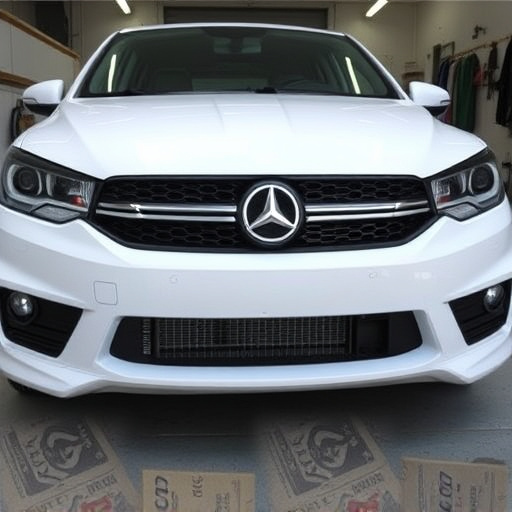
When it comes to post-accident repair, understanding your insurance policy is crucial. Your policy is a legal contract between you and your insurance provider that outlines what’s covered and what isn’t in case of damage to your vehicle. It’s essential to read through your policy documents carefully, paying close attention to the deductibles, coverage limits, and specific exclusions related to vehicle repair services. Many policies include comprehensive and collision coverage, which can help pay for post-accident repairs, including paintless dent repair techniques.
Familiarize yourself with the terms used in insurance policies, such as ‘like new’ restoration or ‘actual cash value’. These terms significantly impact how your claim for car collision repair is processed. Moreover, be aware of any limitations on pre-existing damage or specific requirements for documenting and estimating repairs. This knowledge will empower you to make informed decisions during the post-accident repair process, ensuring that your insurance coverage works as intended to get your vehicle back in top condition.
Navigating Claims Process for Efficient Repairs

Navigating the claims process after a post-accident repair is crucial for ensuring efficient and timely restoration of your vehicle. The first step involves contacting your insurance provider to file a claim, providing them with necessary details about the incident. During this phase, it’s essential to keep records of all communications and documentation related to the accident and subsequent repairs. This includes police reports, medical bills, and estimates from reliable auto repair services or collision repair shops.
Once a claim is filed, your insurance company will assign an adjuster who will review the situation. They may request additional information or arrange for an inspection of the damaged vehicle. It’s important to communicate openly with the adjuster and provide them with accurate details about the repairs needed, including estimates from reputable auto glass repair specialists if required. This ensures that your claim is processed smoothly and you receive compensation for all eligible post-accident repair costs.
In understanding insurance coverage for post-accident repair, knowing your policy’s basics and navigating the claims process efficiently are key. By familiarizing yourself with what’s covered and what’s not, you can ensure a smoother transition back to the road. Remember, prompt action and clear communication with your insurer are vital steps in getting your vehicle repaired swiftly, minimizing disruption, and keeping your post-accident experience as stress-free as possible.
